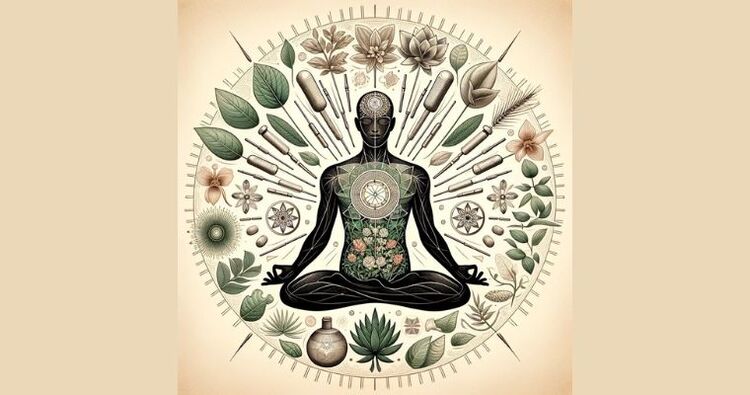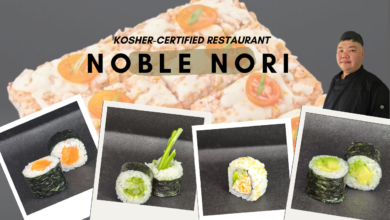
In the realm of healthcare and wellness, the terms “alternative” and “complementary” medicine often crop up, bringing with them a blend of curiosity, skepticism, and intrigue. These healing approaches, which fall outside the realm of conventional Western medicine, have been gaining momentum and acceptance, offering individuals diverse pathways to health and well-being.
Understanding Alternative and Complementary Medicine
Alternative and Complementary Medicine (ACM) encompasses a broad range of healing philosophies, approaches, and therapies that are not typically part of standard medical care. While ‘alternative medicine’ refers to using these non-mainstream practices in place of conventional treatments, ‘complementary medicine’ means integrating these approaches alongside standard medical care. This holistic umbrella includes practices like herbal medicine, acupuncture, massage therapy, yoga, and meditation, among others.
The Philosophy Behind ACM
The core philosophy of ACM revolves around a holistic approach to health, considering the physical, emotional, spiritual, and social aspects of well-being. Unlike the more targeted approach of conventional medicine, which often focuses on treating specific symptoms or diseases, ACM seeks to address the root causes of health issues and promote overall wellness. This philosophy emphasizes the body’s inherent ability to heal and maintain balance, encouraging lifestyle changes and natural remedies to support health.
The Types of ACM Practices
ACM practices can be categorized into several broad types:
Mind-Body Interventions: These practices use the mind’s capacity to influence physical health, including meditation, yoga, and hypnotherapy.
Biologically Based Practices: This category includes the use of natural and biological materials, like herbs, foods, and vitamins, to promote health.
Manipulative and Body-Based Practices: These involve physical manipulation of the body’s structures, such as chiropractic care and massage therapy.
Energy Therapies: These practices focus on energy fields within and around the body, including Reiki and qigong.
Whole Medical Systems: These are complete systems of theory and practice, often rooted in traditional knowledge, such as Ayurveda, Traditional Chinese Medicine, and Naturopathy.
The Growing Acceptance of ACM
The increasing interest in ACM can be attributed to various factors, including dissatisfaction with conventional treatments, the desire for a more holistic approach to healthcare, and the growing body of research supporting the efficacy of many complementary therapies. Healthcare professionals are increasingly integrating ACM practices into their treatment plans, acknowledging their potential to improve patient outcomes and enhance quality of life.
Navigating ACM Safely
While ACM offers promising alternatives and supplements to conventional healthcare, it’s crucial for individuals to navigate these practices safely. This involves seeking out qualified practitioners, discussing ACM use with healthcare providers to avoid potential interactions, and critically evaluating the evidence supporting different therapies.
As the landscape of healthcare continues to evolve, the integration of alternative and complementary medicine into mainstream healthcare promises a more inclusive, holistic approach to well-being, honoring the diverse needs and preferences of individuals around the globe.
Source link




